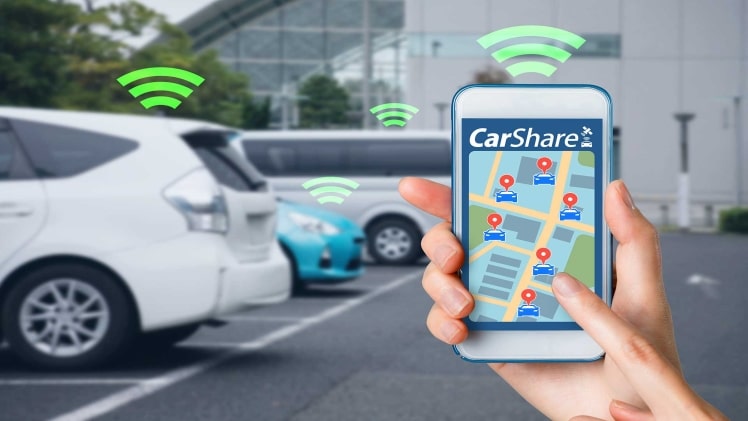As technology has developed, so has the rise in different apps that offer rideshares. Ridesharing is quickly becoming the more convenient option for commuters when they are looking to travel. People are no longer waiting in the sun, searching for a taxi to get from one destination to the next. Instead, they’ve turned to one of the many applications that provide a ridesharing service to commuters.
With the rise in these new applications, what kind of technology are these companies using to keep track of their drivers? Ridesharing apps are all using the Internet of Things (IoT).
The Role of IoT in Ridesharing
The Internet of Things (IoT) is meant to help not only business owners but consumers as well. This technology allows managers to keep track of their drivers in real-time via GPS and to see if there are any violation cases like speeding or overdriving.
Overseeing Drivers
With all the features that IoT offers, ridesharing apps have integrated IoT into their systems to ensure safety and help their customers. By using IoT, ridesharing apps can oversee their drivers. This is crucial when there are hundreds of drivers, and the business needs to ensure these drivers aren’t breaking any rules or regulations while driving. IoT connects devices and allows companies to gain access to each driver’s data to monitor their activities. This data also helps them figure out how many hours each driver is working to ensure no driver is overworked. Overworked drivers can lead to accidents and are a safety hazard. seriöse dating seiten
Enhanced Maintenance of Vehicles
IoT has proven to be incredibly useful in maintaining vehicles for all ridesharing companies. The onboard diagnostic ports that are placed on cars help companies ensure they can monitor their cars’ performance and address any issues as soon as they arise.
The IoT data also helps analyze fuel consumption and idle time to help cut down costs and spare drivers from having to manually report every ride they give.
Travel Efficiency
Ridesharing vehicles are required to adopt electronic logging devices that keep the drivers from having to manually input their hours and routes and helps them focus on driving. The GPS and other apps also interact to help drivers get real-time data on any accidents or other events that may push them to pick an alternate route. The drivers can quickly pick the fastest route and help ensure customer satisfaction.
Conclusion
While the IoT has added an extra layer of security for consumers, the technology isn’t perfect in preventing accidents. If you find yourself in a rideshare accident, be sure to find a rideshare accident attorney.





